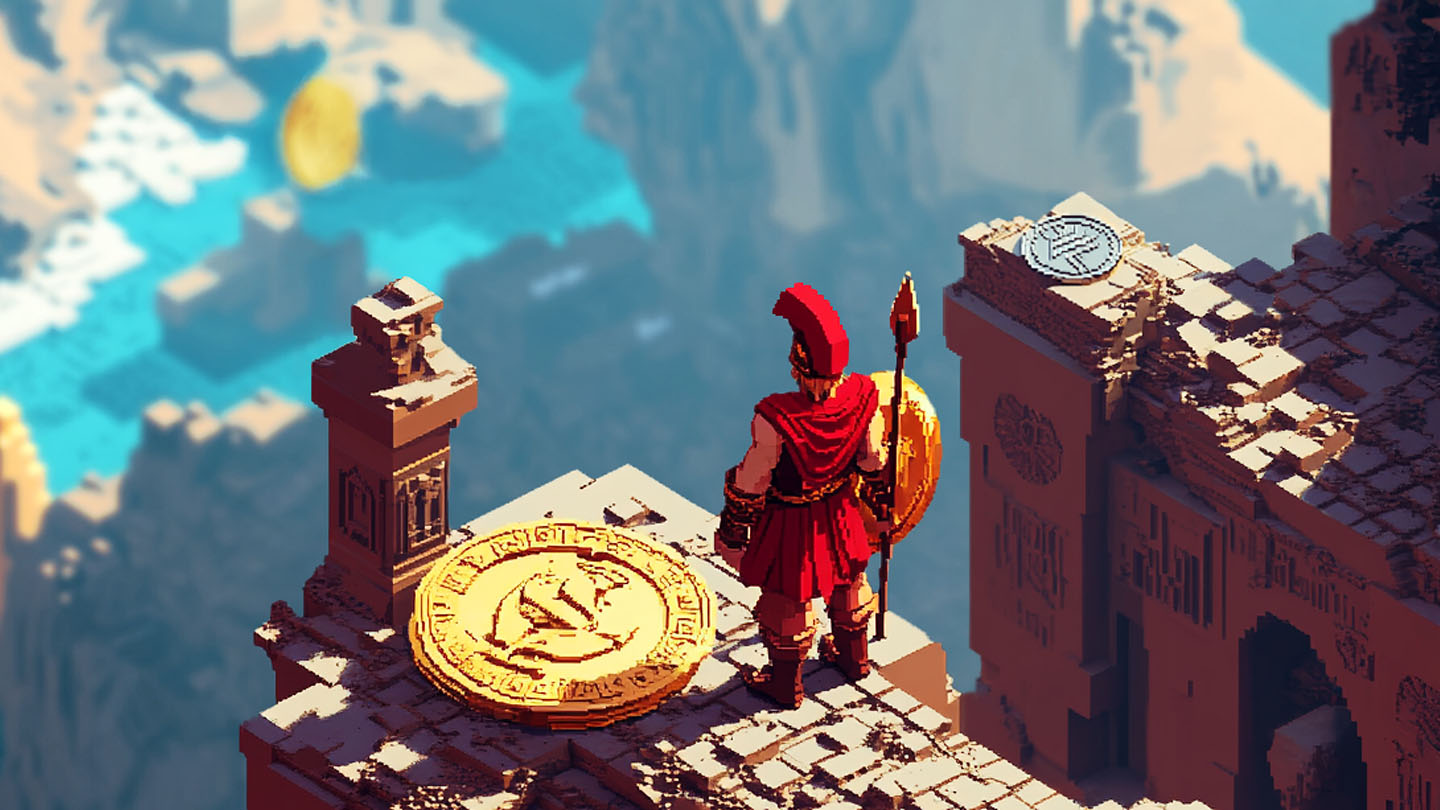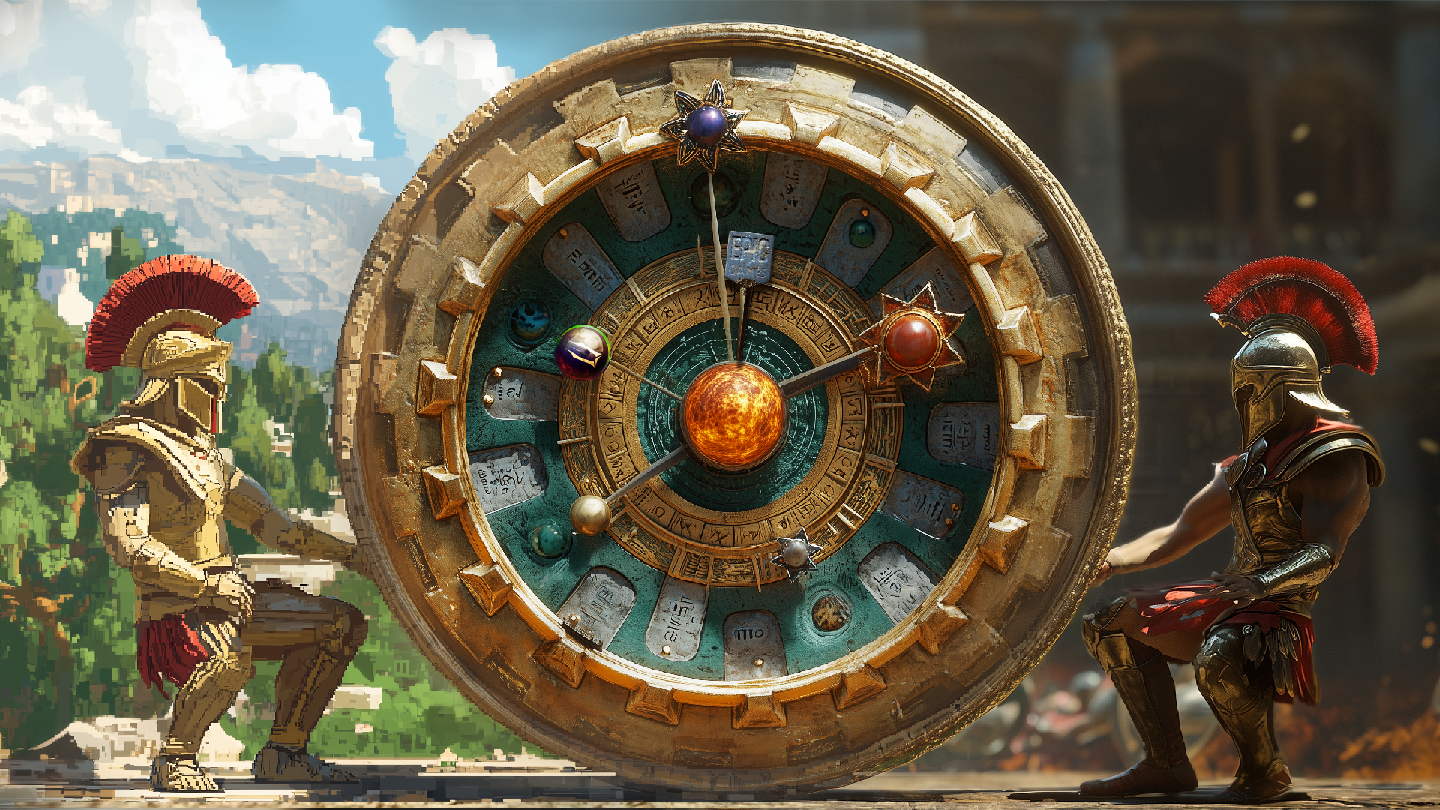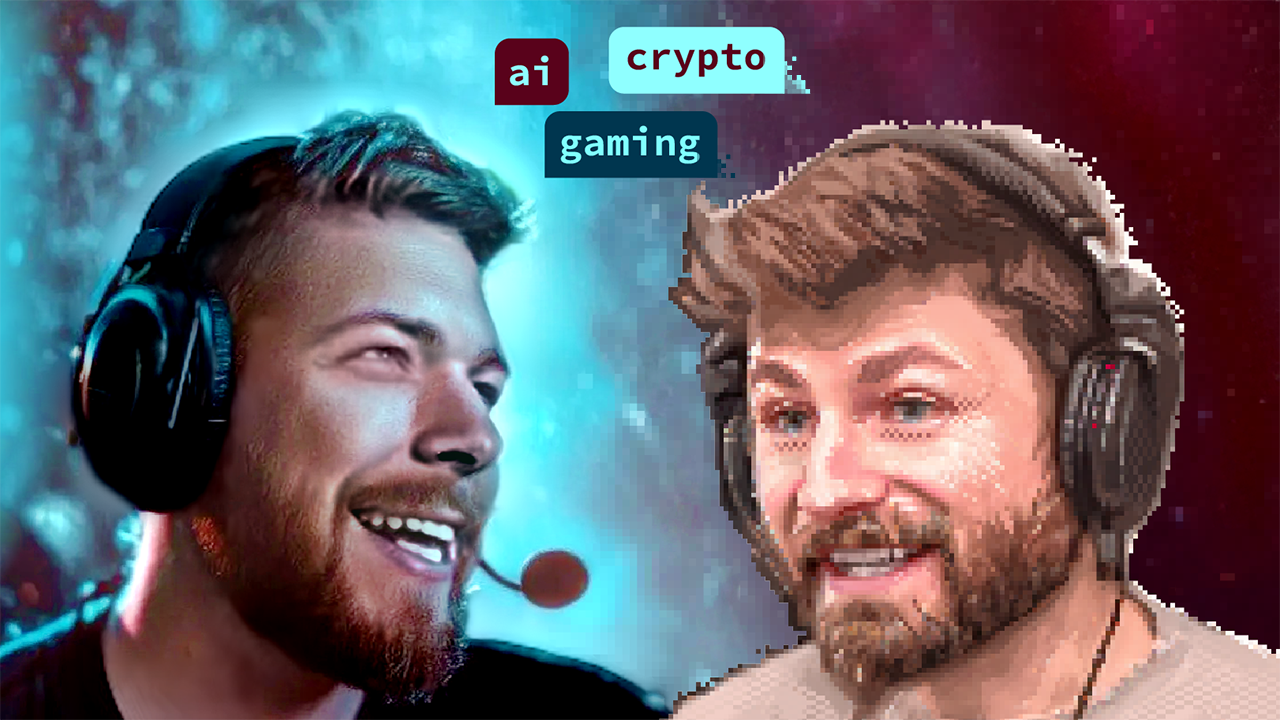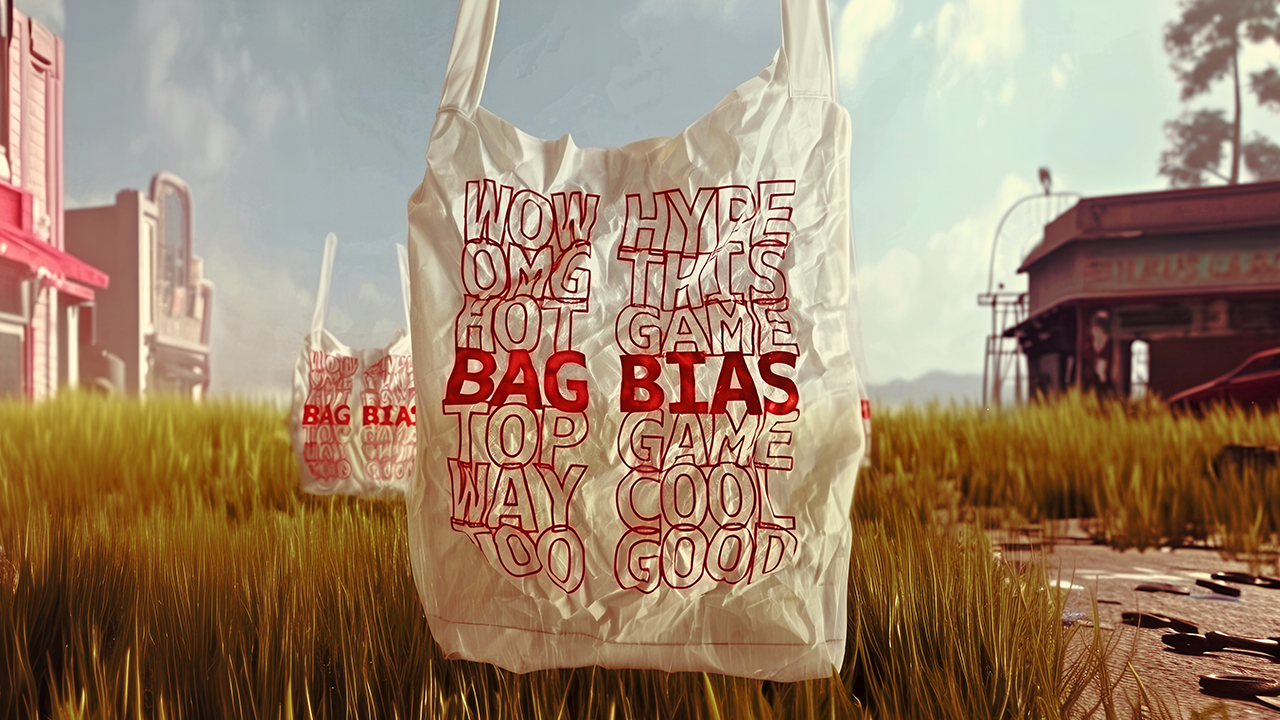When you search on Google News for “CoinDesk layoffs” you find a long list of articles by the venerable crypto news service documenting the industry’s troubles. Thousands of jobs have been cut over the past year as the crypto winter takes hold.
What you won’t find in CoinDesk’s output is the news that its own editorial team was savagely pruned this week.
CoinDesk was founded in 2013, several cycles ago, when Bitcoin itself was only 5 years old. I have always viewed CoinDesk as a straight-down-the-line, reliable publisher with classic news values: ie, a commitment to surfacing information regardless of negative impact. That is a breath of fresh air in the crypto world, which has enjoyed a lack of scrutiny from mainstream media in part because of its highly technical nature.
CoinDesk broke the stories that exposed the weakness at the heart of the FTX crypto exchange and led to its collapse. The tale of FTX and the misdeeds of founder Sam Bankman-Fried loom large, and have been instrumental in focussing regulators on blockchain technologies and in cementing the dodginess of crypto in the popular mind.

It was CoinDesk’s biggest scoop, and reporters Ian Allison and Tracey Wang won an award for it (the Polk Award for financial reporting, a big deal in the US).
It’s a mark of how serious the cuts are at CoinDesk that Tracey Wang was laid off this week.
“Ironically, doing our job well fueled the collapse of the entire crypto industry, and inadvertently, our own company,” Wang wrote on X.
I don’t think Wang is exaggerating here. CoinDesk is crypto, and all crypto is hurting: owner Digital Currency Group is preparing the publisher for sale, and balancing the books is essential. Hence the cuts, reportedly close to half the editorial team.
Hopefully no one is taking this as evidence that crypto should be left unexamined. The inability of mainstream media to hold financial and tech innovators to account is a big flaw, not just for the media, but for industry. Competent reporting exposes fraud and other dysfunctions. No one can seriously argue that we would be better off without knowing about the FTXs of the world.
My concern is the opposite. When I look around in our own area, blockchain gaming, I see plenty of evidence of untrustworthy behaviour. You wouldn’t have to scratch hard to find the rust under the shiny paint, but who is qualified and incentivised to do that? Go too deep and you could be out of a job.
Clarification: Sparkball’s Discord numbers
Last week I reported that Sparkball’s total Discord numbers had fallen to about the same as their actives, around 1600 people, after a serious hack. This week, Sparkball’s Discord is back to its former glory, reporting around 36k total Discord audience. I contacted Sparkball founder Chandler Thomlison for clarification, and it seems that on restoring the original server, Discord management reinstated the old member list, minus a few hundred questionable accounts.
My point in reporting the numbers was to claim that actual community sizes in blockchain gaming are much smaller than totals indicate. I believe this point holds, although I concede Sparkball’s hack probably no longer demonstrates this.
Sugar from the makers of Farmville

Addictive social game studio Zynga have announced a blockchain game called Sugartown. It will launch “some time this year” in the US, Thailand, Vietnam, the Philippines and Indonesia with a free mint of 10k NFTs, and there’s an in-game economy. Feels very 2021 to me, down to the “it’s not a game, it’s a platform” line that Zynga is pushing.
Ok, maybe I’m just in a negative mood, but if this wasn’t Zynga we definitely wouldn’t be reporting this. No gameplay details, bombastic IP claims, and an economy with no cost to enter … Zynga (Farmville) are going to need all their game development smarts to make this one fly. Read
Short and smart

I’ve mentioned before our pivot to video, and today I want to draw your attention to the smart, engaging video shorts we are making for YouTube and TikTok. Take, for example, this short, created by Mogglin, that demonstrates the mind-bending gameplay mechanics of Viewfinder: you take a photo of a scene, place the photo in the scene, and then walk through the photo.
Mogglin was also the author of this classic, where he laboured many days to reach the top of Only Up, a climbing game where one slip sends you back to the very beginning. When we discovered that someone else had already reached the top, I suggested he fall off right before the end. It worked.
Polemos graphic designer Danny Goldstein made this video after noticing the indie game trend around “mundane games”. Interestingly, this short did poorly on YouTube but well on TikTok and Instagram.
We often see discrepancies in performance between videos on different platforms. Take a look at this video, about the demise of classic games, which did well on YouTube, but even better on TikTok.
Shorts are an interesting medium. They often don’t take much production, reach bigger audiences, expose them to the Polemos brand briefly, and build subscribers. They’re not deep, but they can be neat.
NFTs in the real world
I mentioned earlier the perception of crypto in the public mind: one of the great barriers to acceptance is the intangibility of the product. The Crypto Gallery, in New York, overcomes this by being a real-life gallery with NFT art on monitors. There’s nothing quite like a physical presence to make things seem real. Polemos’ Silke Graefnitz interviewed co-founder Lynn Rosenburger and discovered, to no one’s surprise, that they are seriously considering a rebrand. Being called “NFT” anything is no longer a good thing.
This is the web version of our weekley newsletter. To subscribe for free, sign up here.














